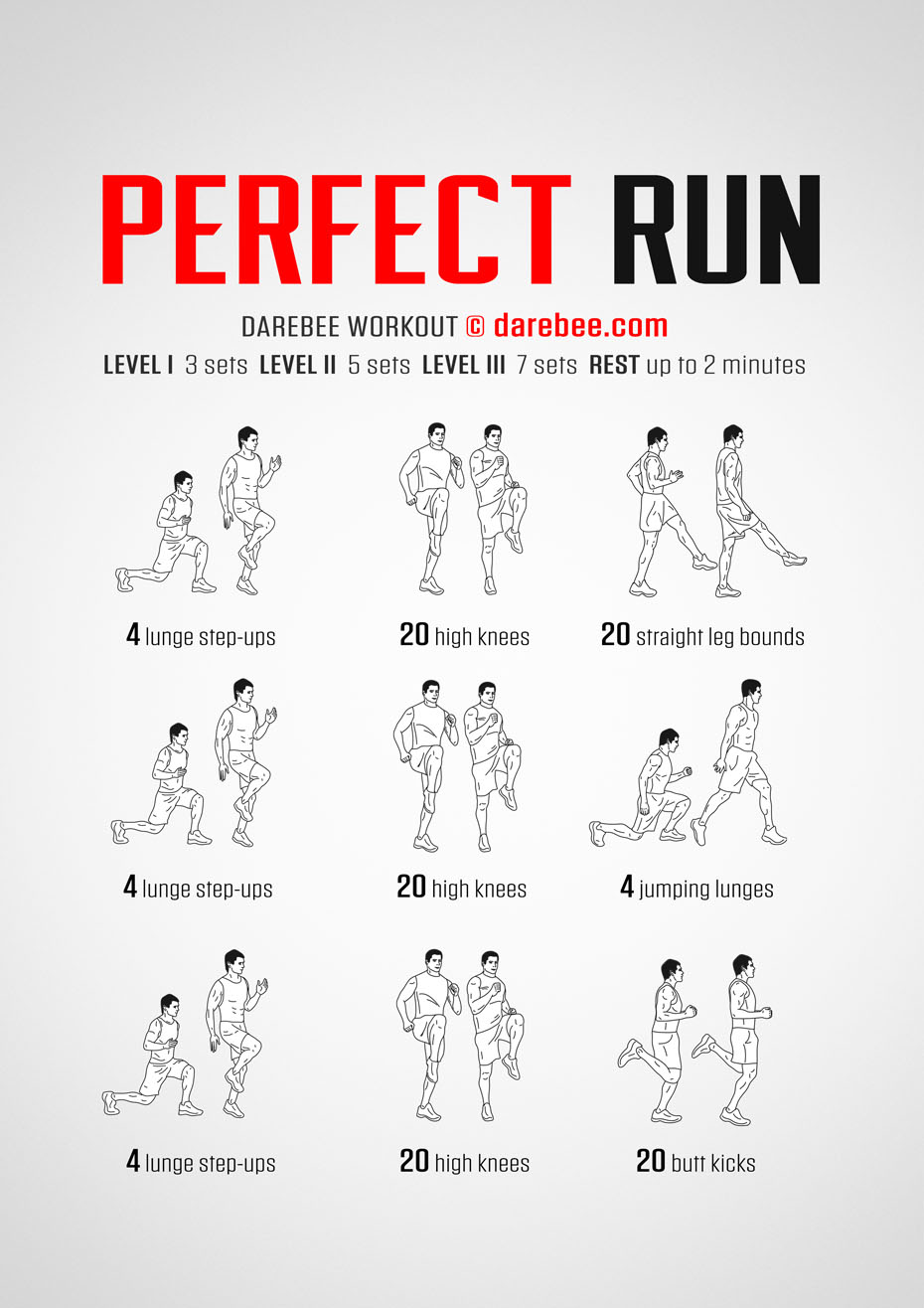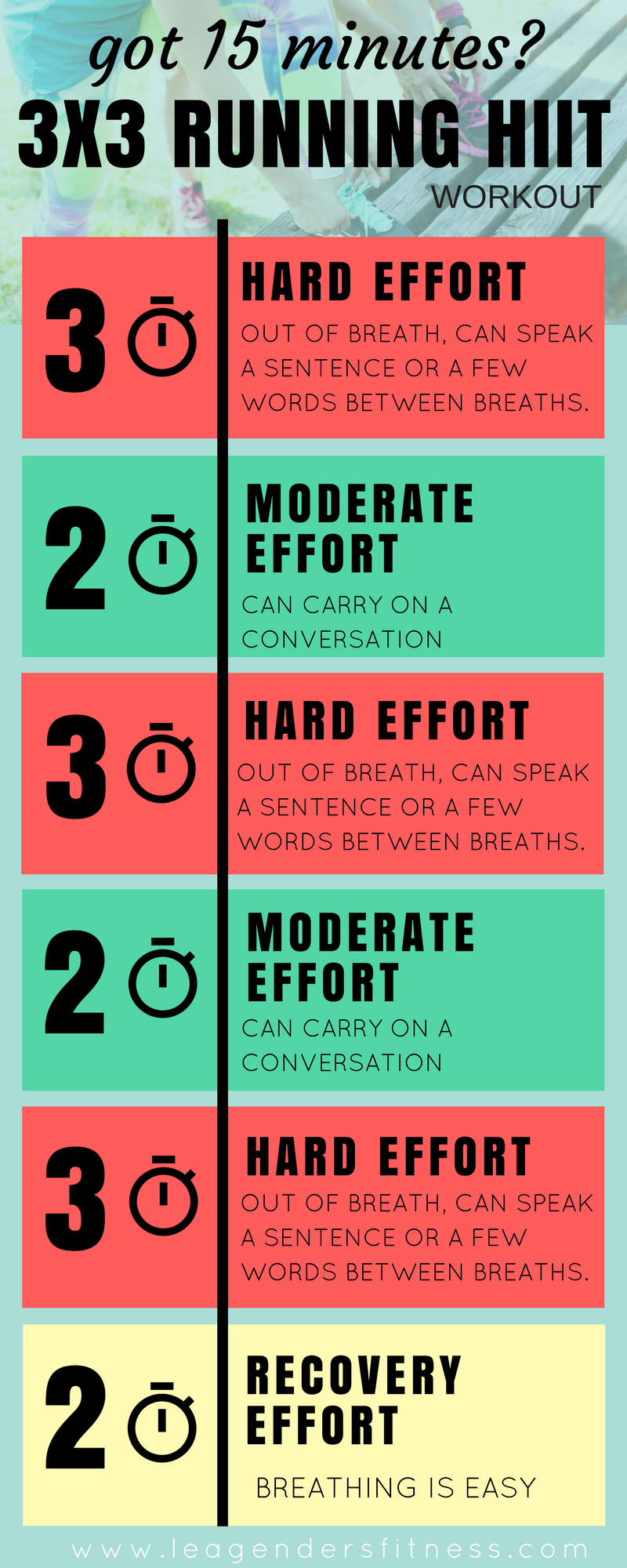Running Workout Tips: Boost Your Efficiency Today
Running Workout Tips: Boost Your Efficiency Today
Blog Article
Taking Care Of Typical Running Pains: Causes, Solutions, and Avoidance
As runners, we frequently encounter different pains that can prevent our performance and pleasure of this physical task. From the devastating discomfort of shin splints to the nagging IT band syndrome, these common operating pains can be aggravating and demotivating. Comprehending the causes behind these conditions is vital in efficiently addressing them. By exploring the root reasons for these operating pains, we can uncover targeted remedies and preventative steps to make sure a smoother and much more fulfilling running experience (check out more here).
Common Running Pain: Shin Splints
Shin splints, an usual running discomfort, often result from overuse or inappropriate footwear during physical activity. The repeated tension on the shinbone and the cells attaching the muscles to the bone leads to inflammation and pain.
To prevent shin splints, people should progressively raise the intensity of their exercises, wear proper shoes with proper arch assistance, and preserve flexibility and stamina in the muscles surrounding the shin (running workout). In addition, incorporating low-impact activities like swimming or cycling can aid keep cardio fitness while permitting the shins to heal.
Common Running Discomfort: IT Band Disorder
Along with shin splints, another common running pain that athletes often come across is IT Band Disorder, a problem triggered by swelling of the iliotibial band that leaves the outer thigh and knee. IT Band Disorder normally manifests as pain on the exterior of the knee, especially throughout tasks like running or cycling. The iliotibial band is a thick band of fascia that links the aware of the shin, and when it becomes swollen or limited, it can scrub versus the thigh bone, bring about pain and pain.
Runners experiencing IT Band Syndrome might notice a stinging or hurting feeling on the outer knee, which can get worse with ongoing task. Aspects such as overuse, muscle discrepancies, incorrect running kind, or insufficient workout can contribute to the development of this problem. To stop and relieve IT Band Disorder, runners must concentrate on extending and reinforcing workouts for the hips and thighs, proper shoes, gradual training progression, and attending to any biomechanical concerns that may be aggravating the trouble. Disregarding the signs of IT Band Syndrome can cause chronic concerns and extended healing times, highlighting the importance of very early intervention and proper management techniques.
Usual Running Pain: Plantar Fasciitis

Plantar Fasciitis can be credited to various elements such as overtraining, improper shoes, running on difficult surface areas, or having high arcs or level feet. To avoid and alleviate Plantar Fasciitis, runners can include stretching exercises for the calf bones and plantar fascia, put on encouraging shoes, keep a healthy and balanced weight to lower pressure on the feet, and slowly raise running strength to prevent unexpected stress on the plantar fascia. If signs and symptoms linger, it is recommended to speak with a health care specialist for correct diagnosis and treatment alternatives to resolve the problem efficiently.
Usual Running Pain: Runner's Knee
After addressing the challenges of Plantar Fasciitis, another widespread concern that joggers commonly encounter is Jogger's Knee, an usual running discomfort that can hinder athletic performance and cause discomfort during exercise. Jogger's Knee, additionally referred to as patellofemoral discomfort syndrome, shows up as discomfort around or behind the kneecap. This problem is usually associated to overuse, muscle mass inequalities, incorrect running strategies, or issues with the positioning of the kneecap. Joggers experiencing this discomfort might feel a dull, aching pain while running, increasing or down stairs, or after prolonged durations of sitting. To stop Jogger's Knee, it is important to integrate appropriate workout and cool-down routines, keep solid and balanced leg muscle mass, put on proper footwear, and progressively boost running strength. If symptoms persist, seeking advice from a healthcare specialist or a sporting activities medicine expert is suggested to identify the underlying reason and develop a customized therapy plan to minimize the pain and avoid further difficulties.
Typical Running Pain: Achilles Tendonitis
Generally affecting joggers, Achilles Tendonitis is an excruciating condition that affects the Achilles ligament, creating discomfort and possible constraints in exercise. The Achilles ligament is a thick band of cells that links the calf muscular tissues to the heel bone, crucial for activities like running, leaping, and walking - useful guide. Achilles Tendonitis often develops due to overuse, inappropriate shoes, poor extending, or sudden boosts in physical activity
Symptoms of Achilles Tendonitis consist of pain and tightness along the tendon, specifically in the morning or after durations of lack of exercise, swelling that gets worse with task, and perhaps bone spurs in chronic cases. To avoid Achilles Tendonitis, it is crucial to stretch appropriately in the past and after running, use proper footwear with proper support, progressively boost the intensity of exercise, and cross-train to decrease repetitive stress on the ligament.
Final Thought

Report this page